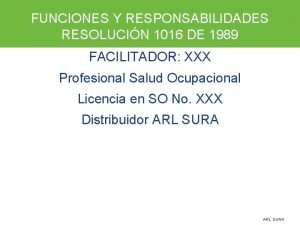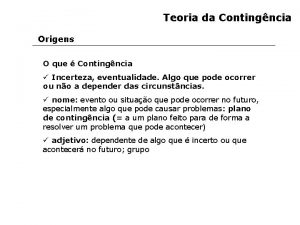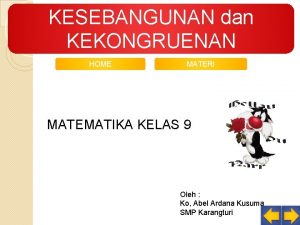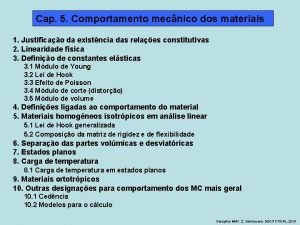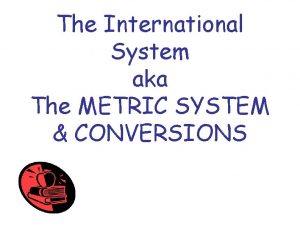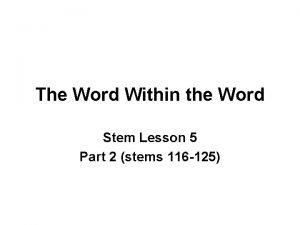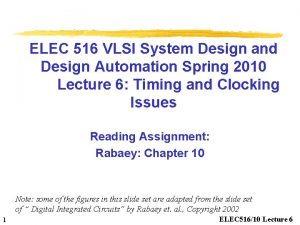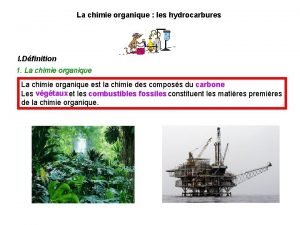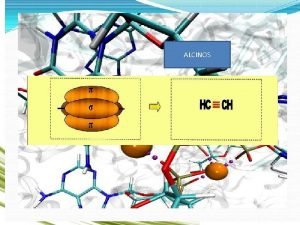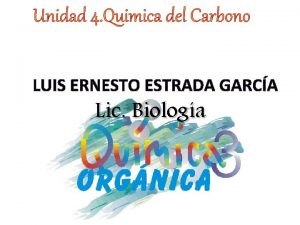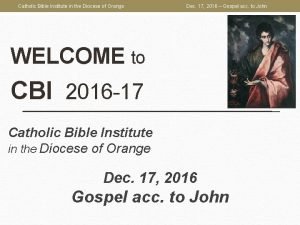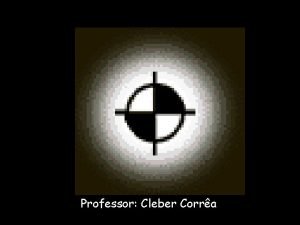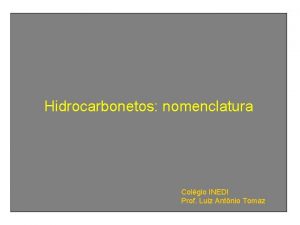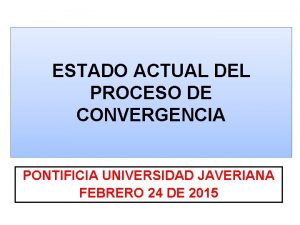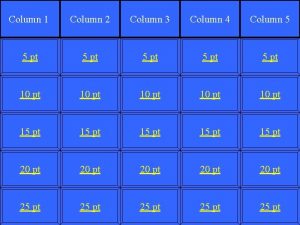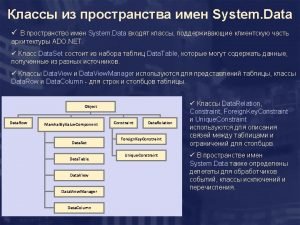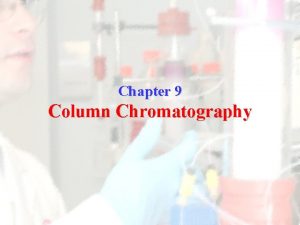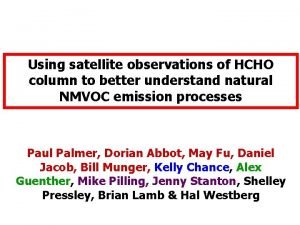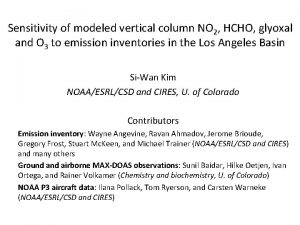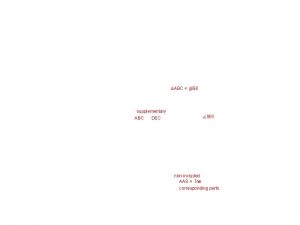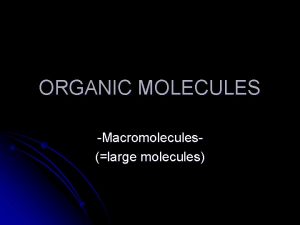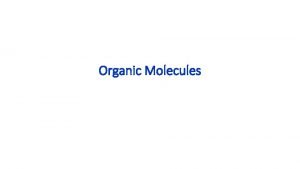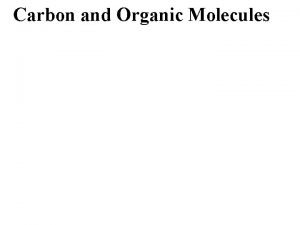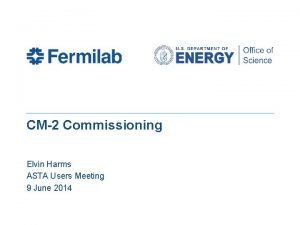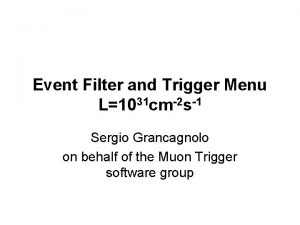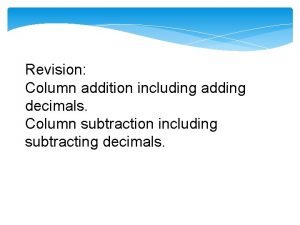1016 molecules cm2 GOME Dec 1996 HCHO column







![HCHO slant column fitting Chance et al [2000] ü O 3 üNO 2 3 HCHO slant column fitting Chance et al [2000] ü O 3 üNO 2 3](https://slidetodoc.com/presentation_image/482242f1c82cf796f849e8b36c87cbfb/image-8.jpg)




![GOME Isoprene “volcano” GEOS-CHEM July 7 1996 July 20 1996 [1016 molec cm-2] mm GOME Isoprene “volcano” GEOS-CHEM July 7 1996 July 20 1996 [1016 molec cm-2] mm](https://slidetodoc.com/presentation_image/482242f1c82cf796f849e8b36c87cbfb/image-13.jpg)


![HCHO yields from HCs Species Emission HCHO Yield [Tg. C month-1] [C-1] CH 4 HCHO yields from HCs Species Emission HCHO Yield [Tg. C month-1] [C-1] CH 4](https://slidetodoc.com/presentation_image/482242f1c82cf796f849e8b36c87cbfb/image-16.jpg)

![GEIA isoprene emissions GEOS-CHEM HCHO columns July 1996 [1016 molec cm-2] GEIA isoprene emissions GEOS-CHEM HCHO columns July 1996 [1016 molec cm-2]](https://slidetodoc.com/presentation_image/482242f1c82cf796f849e8b36c87cbfb/image-18.jpg)
![Model HCHO column [1016 molec cm-2] July 1996 (25 -50 o. N, 65 -130 Model HCHO column [1016 molec cm-2] July 1996 (25 -50 o. N, 65 -130](https://slidetodoc.com/presentation_image/482242f1c82cf796f849e8b36c87cbfb/image-19.jpg)
![n S [103 s] r 2 W lifetim Y e [hours] [C-1] NW 1810 n S [103 s] r 2 W lifetim Y e [hours] [C-1] NW 1810](https://slidetodoc.com/presentation_image/482242f1c82cf796f849e8b36c87cbfb/image-20.jpg)
![GOME Isoprene “volcano” GEOS-CHEM July 7 1996 July 20 1996 [1016 molec cm-2] mm GOME Isoprene “volcano” GEOS-CHEM July 7 1996 July 20 1996 [1016 molec cm-2] mm](https://slidetodoc.com/presentation_image/482242f1c82cf796f849e8b36c87cbfb/image-21.jpg)



![Isoprene “volcano”GEOS-CHEM July 7 1996 Slant column HCHO [1016 mol cm-2] GOME Temperature dependence Isoprene “volcano”GEOS-CHEM July 7 1996 Slant column HCHO [1016 mol cm-2] GOME Temperature dependence](https://slidetodoc.com/presentation_image/482242f1c82cf796f849e8b36c87cbfb/image-25.jpg)




![Model HCHO column [1016 molec cm-2] Model Transfer functions NW NE SW SE model Model HCHO column [1016 molec cm-2] Model Transfer functions NW NE SW SE model](https://slidetodoc.com/presentation_image/482242f1c82cf796f849e8b36c87cbfb/image-30.jpg)
![GOME isoprene emissions – July 1996 [1012 atom C cm-2 s-1] GOME isoprene emissions – July 1996 [1012 atom C cm-2 s-1]](https://slidetodoc.com/presentation_image/482242f1c82cf796f849e8b36c87cbfb/image-31.jpg)

![Global HCHO from GOME: July 1996 [1016 molec cm-2] Global HCHO from GOME: July 1996 [1016 molec cm-2]](https://slidetodoc.com/presentation_image/482242f1c82cf796f849e8b36c87cbfb/image-33.jpg)

![Global HCHO from GOME: Oct 1996 [1016 molec cm-2] Global HCHO from GOME: Oct 1996 [1016 molec cm-2]](https://slidetodoc.com/presentation_image/482242f1c82cf796f849e8b36c87cbfb/image-35.jpg)


- Slides: 37

1016 molecules cm-2 GOME Dec 1996 HCHO column data June 1997

North American Hydrocarbon Emissions Measured from Space Paul Palmer, Daniel Jacob, Arlene Fiore, Randall Martin, Dorian Abbot, Kelly Chance, Thomas Kurosu Division of Engineering and Applied Sciences Harvard University http: //www. people. fas. harvard. edu/~ppalmer

Overview • Why are accurate hydrocarbon emissions important? • Relating measured HCHO columns to specific hydrocarbon emissions • Are satellite observations consistent with in situ data? • The future?

O 3 hv O 2 STRATOSPHERE hv O 3 hv, H 2 O OH NO 2 NO OH HO 2 TROPOSPHERE HNO 3 H 2 O 2 CO, hydrocarbons, NOx HCHO + h 2 HO 2 + CO HCHO + OH HO 2 + CO + H 2 O (radical channel) lifetime = few hrs

Summertime in situ HCHO datasets Fried et al 1997 Harris et al 1989 Kleindienst et al 1988 Lee et al 1995, 1998 Martin et al 1991 Mc. Keen et al 1997 OZIE -Guenther Reimer et al 1998 Shepson et al 1991 ppb

Aircraft HCHO profile data North Atlantic Regional Experiment 1997 Southern Oxidant Study 1995 Defined background [ppb] CH 4 + OH Continental outflow Altitude [km] measurements GEOS-CHEM model Surface source (mostly isoprene+OH)

Global Ozone Monitoring Experiment • Nadir-viewing SBUV instrument • Launched April 1995 • Pixel 320 x 40 km 2 • 10. 30 am cross-equator time • Global coverage in 3 days • O 3, NO 2, Br. O, OCl. O, SO 2, HCHO, H 2 O, & cloud coverage
![HCHO slant column fitting Chance et al 2000 ü O 3 üNO 2 3 HCHO slant column fitting Chance et al [2000] ü O 3 üNO 2 3](https://slidetodoc.com/presentation_image/482242f1c82cf796f849e8b36c87cbfb/image-8.jpg)
HCHO slant column fitting Chance et al [2000] ü O 3 üNO 2 3 x 10 16 molec cm-2 üBr. O üO 2 -O 2 8 x 1016 molec cm-2 1 fitting uncertainty 4 x 10 15 molec cm-2

vertical column = slant column /AMF GEOS-CHEM Sigma coordinate ( ) satellite ln. IB/ d HCHO 1 HCHO mixing ratio C( ) Earth Surface Scattering weights w( ) = - 1/AMFG ln. IB/ Shape factor S( ) = C( ) air/ HCHO 1 AMF = AMFG w( ) S( ) d 0

AMF example - Tennessee S ( ) w( ) AMFG 2. 08 w( ) 0. 71 GEOS-CHEM S ( ) AMF calculation every GOME July 1996 scene. . .

GEOS-CHEM global 3 D model: 101 • Driven by DAO GEOS met data o • 2 x 2. 5 resolution/26 vertical levels • O 3 -NOx-VOC chemistry • GEIA isoprene emissions • Aerosol scattering: AOD: O 3 Dickerson et al, [1997]

HCHO columns – July 1996 GEOS-CHEM r 2 = 0. 7 n = 756 Bias = 11% [1016 molec cm-2] GOME HCHO fitted in UV (~340 nm) 1 uncertainty: 4 x 1015 molec cm-2
![GOME Isoprene volcano GEOSCHEM July 7 1996 July 20 1996 1016 molec cm2 mm GOME Isoprene “volcano” GEOS-CHEM July 7 1996 July 20 1996 [1016 molec cm-2] mm](https://slidetodoc.com/presentation_image/482242f1c82cf796f849e8b36c87cbfb/image-13.jpg)
GOME Isoprene “volcano” GEOS-CHEM July 7 1996 July 20 1996 [1016 molec cm-2] mm

How do we validate satellite observations? GOME, MOPITT, SCIAMACHY TES, OMI Global 3 d model of chemistry

Relating HCHO columns to hydrocarbon emissions Chemical loss k. HCHO HC oxidation ki (HCHO Emission Ei yield Yi) HCi • Absence of transport = i Yi Ei k. HCHO
![HCHO yields from HCs Species Emission HCHO Yield Tg C month1 C1 CH 4 HCHO yields from HCs Species Emission HCHO Yield [Tg. C month-1] [C-1] CH 4](https://slidetodoc.com/presentation_image/482242f1c82cf796f849e8b36c87cbfb/image-16.jpg)
HCHO yields from HCs Species Emission HCHO Yield [Tg. C month-1] [C-1] CH 4 2. 6 1. 0 ISOP 7. 3 Potential HCHO production [%] 28. 5 0. 45 32. 0 1. 1 pinenes 0. 8 MBO 0. 8 0. 019 0. 045 0. 06 0. 23 0. 39 0. 53 HCHO 0. 15 1. 0 1. 64 CH 3 OH 2. 1 1. 0 23. 0 Total: 86%

Horizontal transport displaces HCHO signal Displacement length scale L d, i = ki U ln( ) ki -k. HCHO midmorning eg values KHCHO = 0. 5 h-1; U = 20 kmh-1; [OH]=5 E 6 mol cm-3 ISOP Ld, i 40 km CH 4 Ld, i = many 1000 s km CH 3 OH Ld, i =100 s km
![GEIA isoprene emissions GEOSCHEM HCHO columns July 1996 1016 molec cm2 GEIA isoprene emissions GEOS-CHEM HCHO columns July 1996 [1016 molec cm-2]](https://slidetodoc.com/presentation_image/482242f1c82cf796f849e8b36c87cbfb/image-18.jpg)
GEIA isoprene emissions GEOS-CHEM HCHO columns July 1996 [1016 molec cm-2]
![Model HCHO column 1016 molec cm2 July 1996 25 50 o N 65 130 Model HCHO column [1016 molec cm-2] July 1996 (25 -50 o. N, 65 -130](https://slidetodoc.com/presentation_image/482242f1c82cf796f849e8b36c87cbfb/image-19.jpg)
Model HCHO column [1016 molec cm-2] July 1996 (25 -50 o. N, 65 -130 o. W) NW NE Slope S = Y/k. HCHO SW SE model without isoprene Isoprene emission [1013 atom. C cm-2 s-1]
![n S 103 s r 2 W lifetim Y e hours C1 NW 1810 n S [103 s] r 2 W lifetim Y e [hours] [C-1] NW 1810](https://slidetodoc.com/presentation_image/482242f1c82cf796f849e8b36c87cbfb/image-20.jpg)
n S [103 s] r 2 W lifetim Y e [hours] [C-1] NW 1810 2. 04 0. 51 1. 67 0. 34 NE 2193 1. 90 0. 43 1. 76 0. 30 SE 1913 2. 09 0. 65 1. 48 0. 39 SW 1750 1. 27 0. 49 1. 48 0. 24 Yields consistent with photochemical model
![GOME Isoprene volcano GEOSCHEM July 7 1996 July 20 1996 1016 molec cm2 mm GOME Isoprene “volcano” GEOS-CHEM July 7 1996 July 20 1996 [1016 molec cm-2] mm](https://slidetodoc.com/presentation_image/482242f1c82cf796f849e8b36c87cbfb/image-21.jpg)
GOME Isoprene “volcano” GEOS-CHEM July 7 1996 July 20 1996 [1016 molec cm-2] mm

The Ozarks • Dissected plateau - 129, 500 sq km • Oak forests – good isoprene emitters Cambridge, MA "Trees cause more pollution than automobiles do. "

Ozark Isoprene Experiment 1998 Result Summary Type Photos c/o Alex Guenther, NCAR Spec ppb Alt [m] Local time Balloon Isop 1 -7 400 -1000 0830 -1930 Plane 3 -6 450 -900 1800 -2000 Isop Surface HCHO 7 -15(11) 0830 -1930 Plane 1300 -1800 HCHO 3 -11(7)

HCHO data over the Ozarks SOS 1999 Aircraft data @ 350 m during July 1999 Illinois Missouri Kansas OZARKS [ppb] c/o Y-N. Lee, Brookhaven National Lab.
![Isoprene volcanoGEOSCHEM July 7 1996 Slant column HCHO 1016 mol cm2 GOME Temperature dependence Isoprene “volcano”GEOS-CHEM July 7 1996 Slant column HCHO [1016 mol cm-2] GOME Temperature dependence](https://slidetodoc.com/presentation_image/482242f1c82cf796f849e8b36c87cbfb/image-25.jpg)
Isoprene “volcano”GEOS-CHEM July 7 1996 Slant column HCHO [1016 mol cm-2] GOME Temperature dependence of isoprene emission Surface temperature [K] July 20 1996 [1016 molec cm-2]

Global 3 d model of chemistry

GEIA EPA BEIS 2

Summertime in situ HCHO datasets Fried et al 1997 Harris et al 1989 Kleindienst et al 1988 Lee et al 1995, 1998 Martin et al 1991 Mc. Keen et al 1997 OZIE -Guenther Reimer et al 1998 Shepson et al 1991 ppb

Modeling in situ data GEIA BEIS 2 r = 0. 53 r 2 = 0. 65 Bias -3% Bias -30% 2
![Model HCHO column 1016 molec cm2 Model Transfer functions NW NE SW SE model Model HCHO column [1016 molec cm-2] Model Transfer functions NW NE SW SE model](https://slidetodoc.com/presentation_image/482242f1c82cf796f849e8b36c87cbfb/image-30.jpg)
Model HCHO column [1016 molec cm-2] Model Transfer functions NW NE SW SE model without isoprene Isoprene emission [1013 atom. C cm-2 s-1]
![GOME isoprene emissions July 1996 1012 atom C cm2 s1 GOME isoprene emissions – July 1996 [1012 atom C cm-2 s-1]](https://slidetodoc.com/presentation_image/482242f1c82cf796f849e8b36c87cbfb/image-31.jpg)
GOME isoprene emissions – July 1996 [1012 atom C cm-2 s-1]

Consistency: GOME and in situ data r 2 = 0. 77 Bias -12%
![Global HCHO from GOME July 1996 1016 molec cm2 Global HCHO from GOME: July 1996 [1016 molec cm-2]](https://slidetodoc.com/presentation_image/482242f1c82cf796f849e8b36c87cbfb/image-33.jpg)
Global HCHO from GOME: July 1996 [1016 molec cm-2]

ATSR Firecounts – July 1996
![Global HCHO from GOME Oct 1996 1016 molec cm2 Global HCHO from GOME: Oct 1996 [1016 molec cm-2]](https://slidetodoc.com/presentation_image/482242f1c82cf796f849e8b36c87cbfb/image-35.jpg)
Global HCHO from GOME: Oct 1996 [1016 molec cm-2]

CONSTRAINING SEASONAL AND INTERANNUAL VARIABILITY IN BIOGENIC VOC EMISSIONS HCHO columns, Jun-Aug 1997 GOME GEOS-CHEM

Summary q New methodology for HC emission from space-based HCHO columns q Isoprene is dominant HC for North American summertime q. GOME shows Ozarks isoprene volcano q. GOME data consistent with in situ data q. Future work will include global mapping
 Struktura addycyjna
Struktura addycyjna 1016 de 1989
1016 de 1989 Nyttofunktion
Nyttofunktion Gome dept
Gome dept Gome dept
Gome dept Gome dept
Gome dept Organic molecules vs inorganic molecules
Organic molecules vs inorganic molecules What is short column and long column
What is short column and long column Ra dec
Ra dec Tos dec.lawler
Tos dec.lawler Kekongruenan bangun datar kelas 9
Kekongruenan bangun datar kelas 9 Dec fct unl
Dec fct unl But prop
But prop Base units for metric system
Base units for metric system Helio stem meaning
Helio stem meaning Dec alpha 21264
Dec alpha 21264 Quad pent hex hept oct
Quad pent hex hept oct Met et prop but pent hex hept oct non dec
Met et prop but pent hex hept oct non dec Declinazione hostis hostis
Declinazione hostis hostis Nysdecals
Nysdecals La formule brute des alcanes
La formule brute des alcanes Forneça a nomenclatura correta para os seguintes alcinos
Forneça a nomenclatura correta para os seguintes alcinos Propiedades quimica del carbono
Propiedades quimica del carbono Pref et dec
Pref et dec Jlh mesure
Jlh mesure 8th dec 2014
8th dec 2014 Dec 17
Dec 17 Met et prop but pent hex hept oct non dec
Met et prop but pent hex hept oct non dec Nomenclatura de hidrocarbonetos ramificados
Nomenclatura de hidrocarbonetos ramificados Alkanes
Alkanes Dec. 3022/13
Dec. 3022/13 Chemistry meth eth prop but
Chemistry meth eth prop but Was bedeutet einheitsgröße
Was bedeutet einheitsgröße Luas permukaan bangun datar
Luas permukaan bangun datar Presentasi matematika tentang kubus
Presentasi matematika tentang kubus 1dm2 hány cm2
1dm2 hány cm2 Luas selimut suatu tabung 528 cm2
Luas selimut suatu tabung 528 cm2 Diketahui suatu tabung tertutup dengan tinggi t
Diketahui suatu tabung tertutup dengan tinggi t

